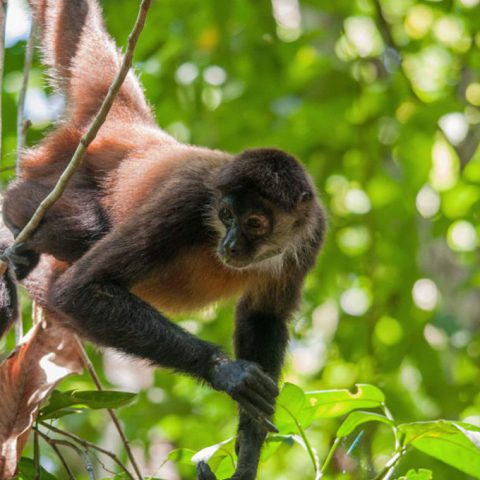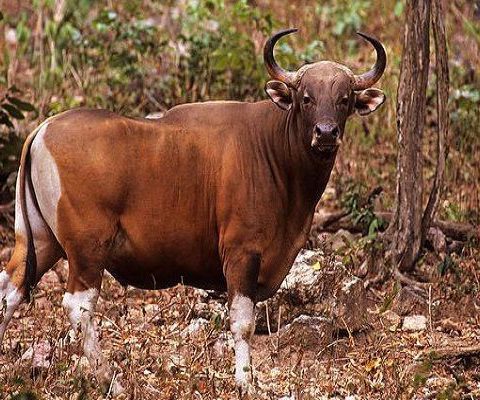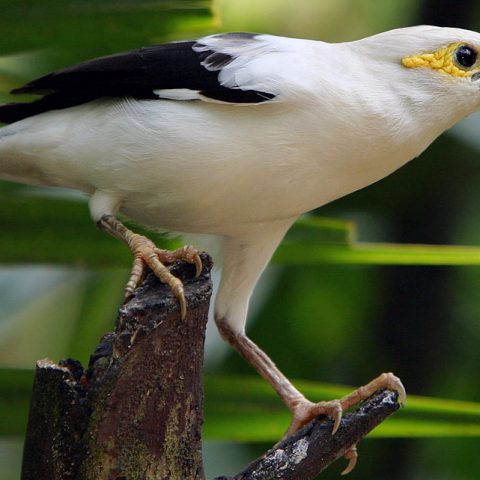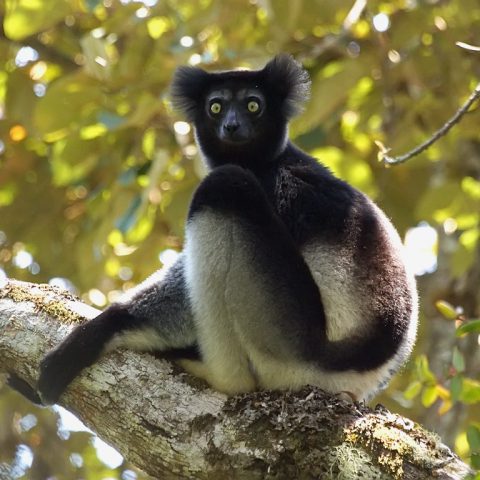Northern White-Cheeked Gibbon
![]() Critically Endangered
Critically Endangered
Population
The Northern White-Cheeked Gibbon is listed as critically endangered and their survival looks dire. The current population status of the Northern White-Cheeked Gibbon remains unknown, but it is believed that this species’ population has plummeted by 80% or more over the past 45 years
Size
The male and female is similar in size. They range from 45.7 centimetres to 63.5 centimetres
Weight
The male weighs in slightly smaller at 5.6 kilograms than the female. The female Northern White-Cheeked Gibbon weighs about 5.8 kilograms
Countries
Laos, Vietnam
Distribution
The Northern White-Cheek Gibbon used to be found in Southern China, but they have not been seen since 1990 and are now believed to be extinct in this country. Sparse populations are found in Northern Laos and in Northwest Vietnam.
Description
The Northern White-Cheek Gibbons looks like a monkey, but they are classified as apes, because they do not have a tail. The babies are born a tan colour and as they grow older they become darker in colour. The males turn black at age 2 with a prominent crest of fur on their head and white sideburn cheeks. The females tend to range from a red-tan to sometimes cream or beige colour with a black stripe along the centre of the head. The Northern White-Cheek Gibbon has incredibly long and powerful arms; this helps them to swing from tree to tree, this swinging motion is called brachiation. They also have very long canines.



Quick Facts
The Northern White-Cheeked Gibbon behaviour consists of:
- The Northern White-Cheek Gibbon is one of the primate species that are monogamous
- The two adults live together in a small family group and they rear their 1 – 2 offspring together. They have a single young after a 7 month gestation and the young survive on mother’s milk
- They live with their parents until they mature at about 8 – 10 years old
- The female gibbons are dominant in their social structures
- Their lifespan in the wild is not well known, but is estimated at about 28 – 30 years. A lifespan of 51 years has been recorded in captivity
The Northern White-Cheek Gibbon is an omnivore. They eat mainly fruit, but they will also eat shoots, flowers and sometimes insects. They will also eat leaves in the dry season. They forage in the morning and the afternoon, resting over midday and they sleep throughout the night. The gibbon is a seedeater and this makes them very important in the rainforest ecosystem as seed dispensers.
The Northern White-Cheek Gibbon can be found in a subtropical forest at high altitudes far away from human civilisation. They spend their time in the tree canopies of these tropical rainforests. Their home range is about 75 to 100 acres and they travel about 1 mile a day through this range. The Northern White-Cheek Gibbons are very territorial and they communicate their boundaries by elaborate calls that can be heard from great distances.
Hiding in the tree canopies protects the Northern White-Cheek Gibbon from predators beneath, but birds of prey might be a threat from above. Humans are the biggest threat to the Northern White-Cheek Gibbons. They are critically endangered due to deforestation resulting in habitat loss. Logging, hunting, agricultural expansion and gold mining are mainly the cause of the rapid declining population of this incredible animal.
Conservation Efforts
The Centre for Nature Conservation and Development initiated a long term conservation programme to monitor and survey the population of the Northern White-Cheek Gibbon. This species is legally protected in Vietnam, but protection from habitat destruction and hunting is not legally enforced. Greater enforcement is needed to prevent hunting and habitat loss. More efforts and research about the species are required to protect the Northern White-Cheek Gibbon from extinction.







